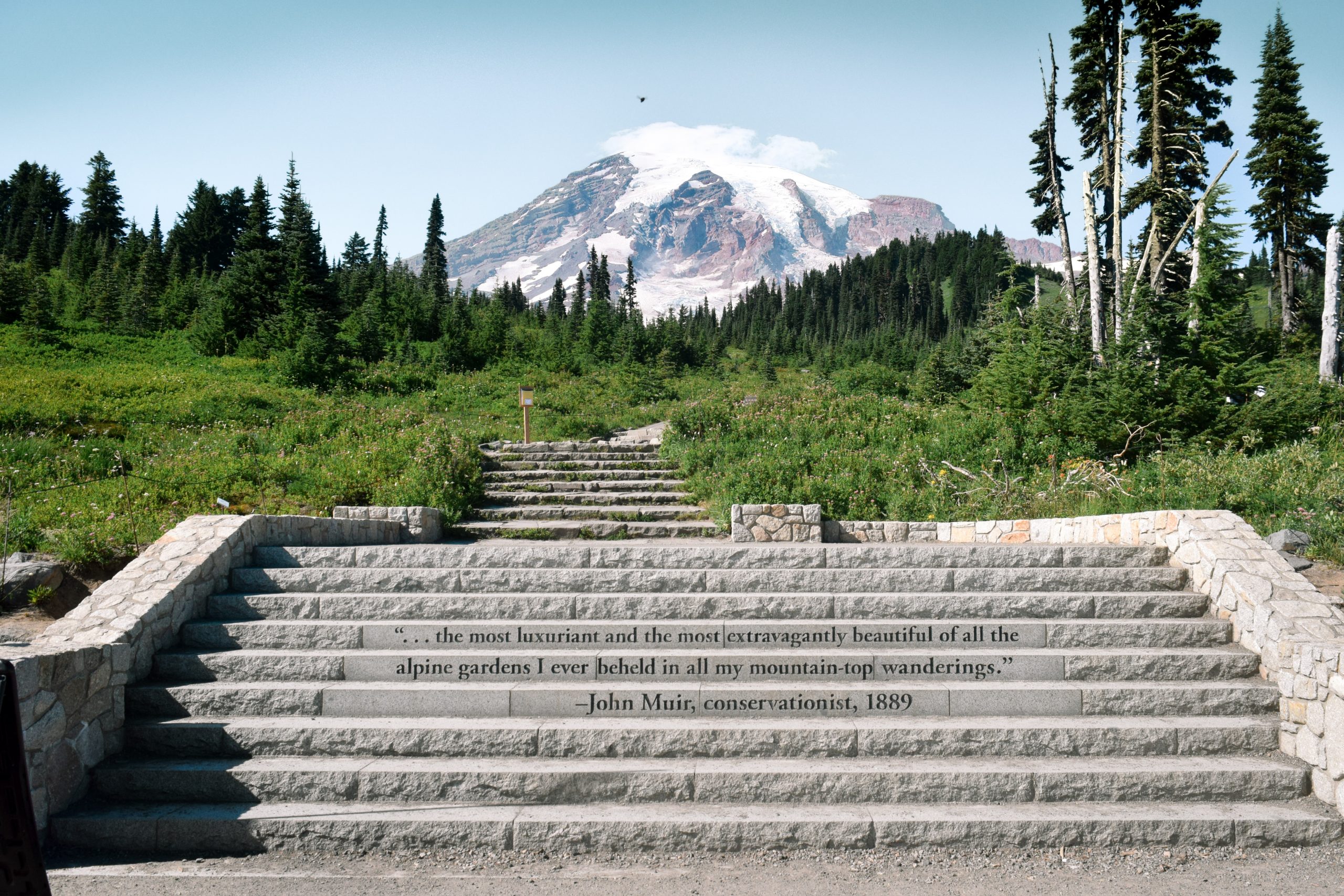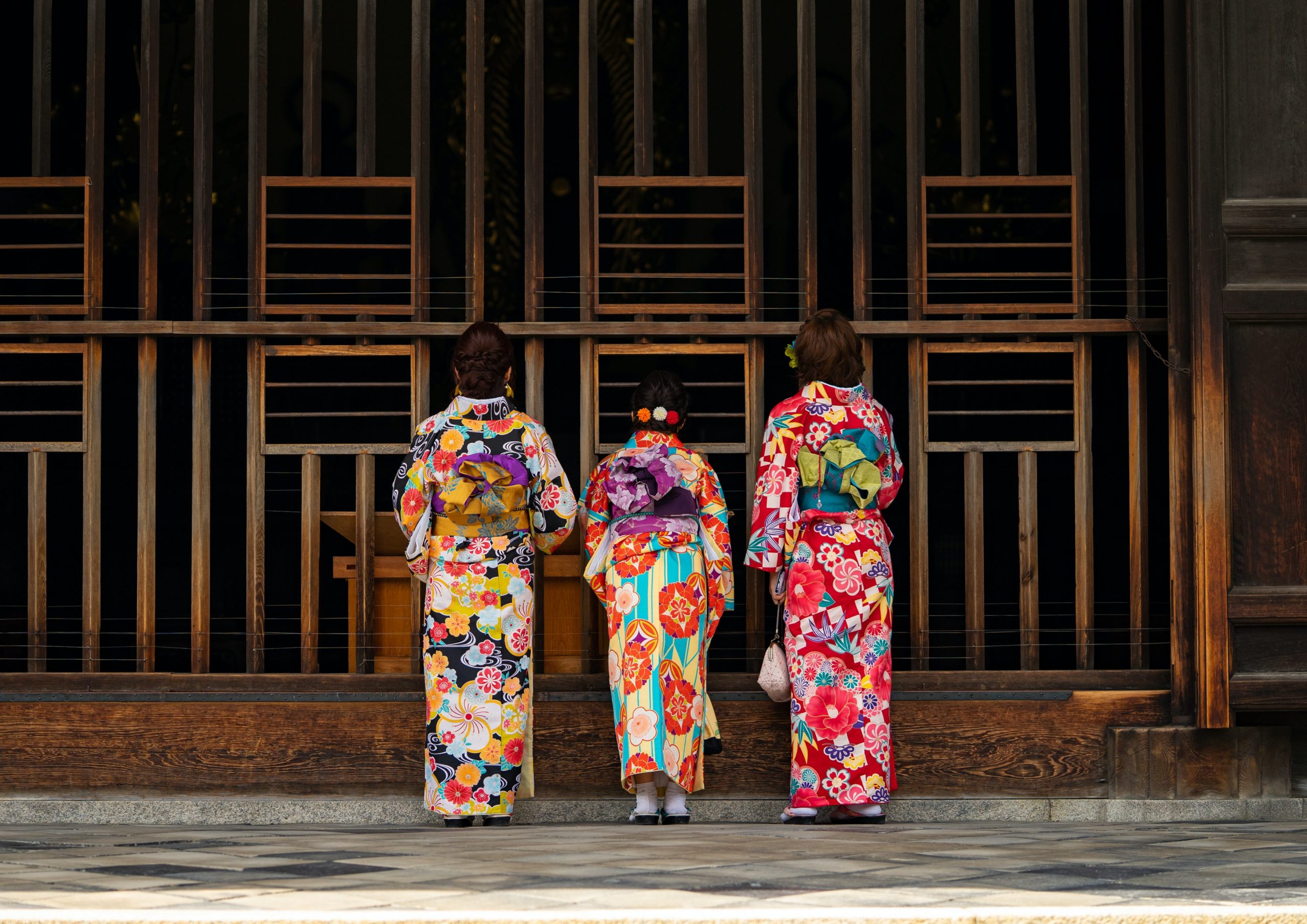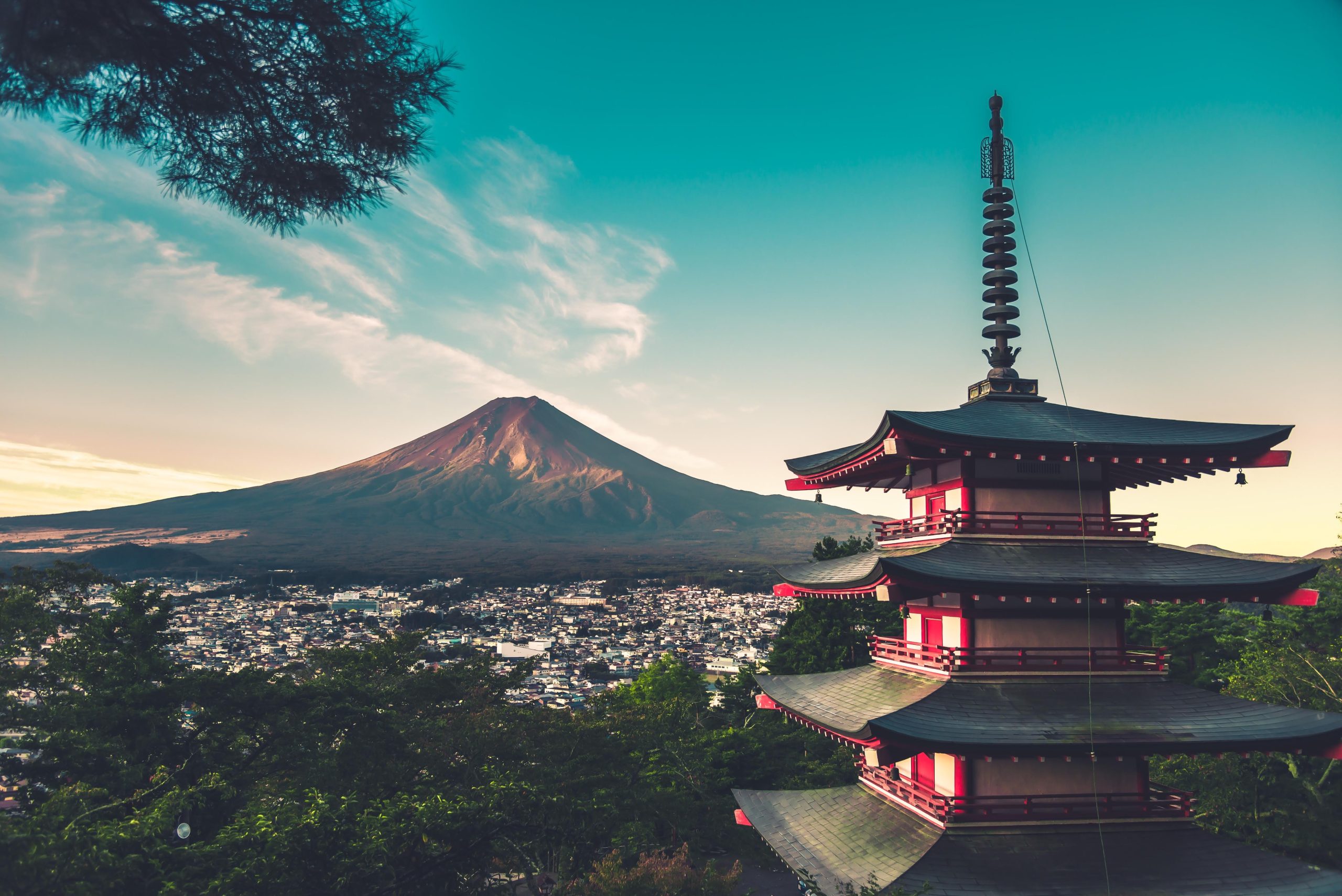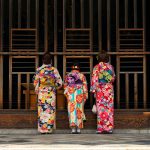Mount Fuji Hiking: A Complete Travel Guide
Mount Fuji, the iconic stratovolcano and Japan’s highest peak, stands as a symbol of beauty, culture, and adventure. Mount Fuji Hiking is a bucket-list experience that offers stunning views, cultural immersion, and a sense of accomplishment. This travel guide by Green Sun Travel will help you plan your journey to conquer this majestic mountain.
Overview of Mount Fuji Hiking
Mount Fuji, also known as “Fujisan” in Japanese, is an iconic and revered stratovolcano located on the Honshu Island of Japan. It holds immense cultural, geographical, and historical significance. Here is an overview of this majestic mountain:
Geographic Location:
- Mount Fuji is situated approximately 100 kilometers (62 miles) southwest of Tokyo, making it easily accessible for visitors from the Japanese capital and beyond.
Physical Characteristics:
- Elevation: Mount Fuji is the highest peak in Japan, reaching an impressive height of 3,776.24 meters (12,389 feet) above sea level.
- Volcanic Nature: It is an active stratovolcano, which means it is characterized by a steep conical shape and is known for its frequent eruptions in the past.
Cultural Significance:
- UNESCO World Heritage Site: In 2013, Mount Fuji was designated as a UNESCO World Heritage Site due to its cultural and historical significance in Japanese art, literature, and religion.
- Iconic Symbol: The mountain holds a special place in Japanese culture and is often depicted in art, literature, and even on the country’s currency.
Climbing Season:
- The official climbing season typically runs from early July to mid-September when the weather is most favorable for ascending the mountain.
Religious Significance:
- Shinto and Buddhism: Mount Fuji has religious significance in both Shinto and Buddhism, with several shrines and temples located in its vicinity.
- Pilgrimage: Historically, pilgrims have ascended the mountain as a spiritual journey. Today, it remains a popular tradition for many climbers.
Climbing Trails:
- There are several trails leading to the summit of Mount Fuji, each with its own unique characteristics and challenges. The most common starting point is the 5th Station.
Spectacular Views:
- The summit of Mount Fuji offers breathtaking panoramic views, especially during sunrise when it is known as “Goraiko.” On a clear day, you can see the Pacific Ocean and even Mount Ontake in the Japanese Alps.
Flora and Fauna:
- The lower slopes are covered in lush forests, while higher elevations feature alpine plants. Wildlife includes various birds and small mammals adapted to the mountain’s harsh conditions.
Conservation:
- Mount Fuji is protected by national parks and conservation efforts. Visitors are encouraged to practice “Leave No Trace” principles and respect the environment.
Tourist Attractions:
- Besides hiking, visitors can explore the Fuji Five Lakes, which provide excellent views of the mountain, and nearby attractions like Chureito Pagoda and Fuji-Q Highland amusement park.
Mount Fuji is a symbol of natural beauty, cultural significance, and outdoor adventure in Japan. It remains a must-visit destination for travelers seeking a unique blend of nature, spirituality, and awe-inspiring vistas.

When to Go Mount Fuji Hiking
Climbing Season: The official climbing season for Mount Fuji typically runs from early July to mid-September. This period is carefully chosen to coincide with the most favorable weather conditions, making it the safest and most accessible time to attempt the ascent.
- Weather Conditions: During the climbing season, the weather on Mount Fuji is generally milder, with less snow and ice at the higher elevations. This reduces the risk of avalanches and cold-related health issues.
- Operational Facilities: Many mountain huts, rest stops, and other facilities along the trails are open during this period, offering climbers necessary services, including food, water, and shelter.
Permits and Regulations
Permits: Mount Fuji hiking requires obtaining a climbing permit. These permits can be acquired at various locations, with the 5th Station being a common starting point for acquiring them. Additionally, permits are often available for purchase online in advance, simplifying the process and ensuring your spot during the busy season.
Regulations: Adhering to regulations is crucial for safety and environmental preservation:
- Safety Guidelines: To ensure the safety of climbers, specific rules and guidelines are set in place. These include recommendations to start early in the day to avoid afternoon thunderstorms and the risk of altitude sickness.
- Cultural Respect: Mount Fuji holds cultural and spiritual significance in Japan. Climbers are expected to show respect by adhering to local customs, refraining from any disruptive behavior, and being mindful of the mountain’s sacred nature.
- Leave No Trace: In line with the global “Leave No Trace” principles, climbers should carry out all their trash and avoid disturbing the natural environment. It’s essential to respect the delicate ecosystem on the mountain.
- Wildlife: Mount Fuji is home to a variety of wildlife. Climbers should avoid disturbing the local fauna and should not litter or damage the fragile ecosystem.
Preparations
Being well-prepared for a Mount Fuji hiking is essential to ensure a safe and enjoyable experience. Here are some vital preparations:
Fitness: Climbing Mount Fuji can be physically demanding, so it’s advisable to have a good level of fitness. Regular cardio exercises and leg-strengthening routines are particularly beneficial.
Clothing: Given the fluctuating temperatures and unpredictable weather, it’s crucial to dress in layers. A moisture-wicking base layer, an insulating layer, and a waterproof outer layer are recommended. Sturdy, waterproof hiking boots are essential for navigating rocky terrain and keeping your feet dry. A warm hat can protect you from the cold, even in the summer months.
Gear: There are several pieces of gear that are highly recommended for a successful ascent:
- Headlamp: Essential for the pre-dawn start to reach the summit in time for sunrise.
- Walking Stick: A walking stick can provide stability and aid in balance, especially during the descent.
- Gloves: Protect your hands from the cold and rough terrain.
- Backpack: A backpack is necessary for carrying supplies such as water, snacks, extra clothing, and other essentials.
Trail Options for Mount Fuji Hiking
- Yoshida Trail: This is the most popular route up Mount Fuji, offering various huts and a well-defined path. Starting from the 5th Station, it’s known for its relatively manageable ascent, making it suitable for many climbers, including beginners.
- Subashiri Trail: The Subashiri Trail is less crowded than the Yoshida Trail and provides a quieter, more peaceful experience. The ascent is gentler, and it joins the Yoshida Trail on higher slopes.
- Gotemba Trail: If you seek a more challenging adventure, the Gotemba Trail is a longer and steeper option. While it’s less crowded, the terrain can be rugged and demanding.
- Fujinomiya Trail: Chosen by many for its beauty, the Fujinomiya Trail offers a scenic route to the summit. It’s often preferred for its picturesque vistas and manageable ascent.
Accommodation

- Mountain Huts: Along the trails to the summit, several mountain huts provide basic accommodations and food. These huts are crucial resting points for climbers. Reservations are highly recommended, especially during the peak season when they can get crowded.
- Camping: Some areas on Mount Fuji allow camping, but it’s essential to adhere to specific regulations. This provides an alternative for those who prefer to be closer to nature.
Mount Fuji Hiking Tips
- Start Early: To reach the summit by sunrise, it’s advisable to begin your ascent in the late afternoon or early evening. The view from the summit during sunrise, known as “Goraiko,” is a magical experience.
- Pace Yourself: Climbing Mount Fuji is physically demanding, and it’s important to go at a comfortable pace to prevent altitude sickness, especially at higher elevations.
- Stay Hydrated: Carry plenty of water and refill at designated points along the trail. Dehydration can be a significant concern, especially during the summer season.
- Altitude Sickness: It’s vital to be aware of the symptoms of altitude sickness, such as dizziness and nausea. If you experience severe symptoms, descend to lower altitudes immediately for your safety.
- Weather: Mount Fuji’s weather can change suddenly, even during the climbing season. Keep an eye on the weather forecast and be prepared for temperature drops, rain, and strong winds.
Sunrise at the Summit:
- Goraiko: Many climbers aim to reach the summit of Mount Fuji in time for sunrise, which is referred to as “Goraiko.” It’s a truly magical experience to witness the first light of day from Japan’s highest point.
- Crowds: While the sunrise view is breathtaking, be prepared for crowds at the summit during this time. Finding a good viewing spot can be challenging, so plan accordingly.
Descending:
- After enjoying the sunrise and exploring the summit, it’s time to begin your descent. However, descending can be just as challenging as ascending due to the potentially slippery and rocky terrain.
- Be cautious while descending to avoid slips and falls. Hiking poles or a walking stick can be particularly helpful for stability.
Post-Hike:
- After the physically demanding climb, soaking in an onsen (hot spring) can be a fantastic way to relax and rejuvenate your tired muscles.
- Don’t miss the opportunity to savor local cuisine, such as Hoto (a hearty noodle dish) and Fujinomiya yakisoba, to refuel and enjoy the regional flavors.
Respect and Leave No Trace:
- Mount Fuji is a sacred site for many Japanese people, and it’s essential to show respect for its cultural and natural significance. Adhere to local customs, such as ringing the summit bell, and avoid any disruptive behavior.
- Follow the “Leave No Trace” principles by packing out all trash, minimizing your impact on the environment, and being a responsible and considerate visitor to this iconic mountain.
Conclusion
Mount Fuji Hiking is a once-in-a-lifetime adventure that combines natural beauty, culture, and personal achievement. By following this travel guide, you’ll be well-prepared to embark on this incredible journey and witness the awe-inspiring vistas from Japan’s most famous peak.







